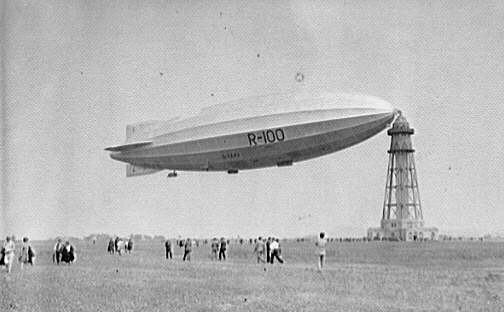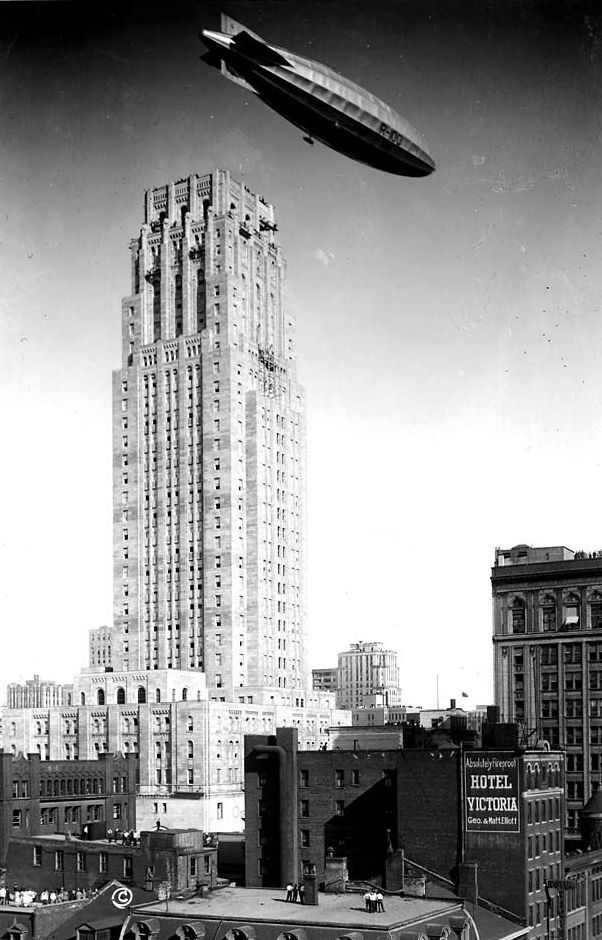Yesterday the world's largest aircraft, the Airlander 10 crashed during its second test flight in Cardington, Bedfordshire, causing damage to the passenger module.
The project previously had cost and time overruns and technical issues before being bought off the US Army in 2013 by Hybrid Air Vehicles (one of the original subcontractors). Despite the difficulties, it has great promise. Due to the inert helium lifting gas it is relatively safe. Nobody was hurt in the accident.
At 92m long it is huge but it is far from being the world's largest aircraft of all time.
The R100, launched in 1929 in Yorkshire, UK was a massive 219m long and actually flew to Cardington, Bedfordshire on its maiden voyage. It was built by the private company Vickers, unlike its sister ship the R101, which was built by the British government.
The author Nevil Shute (A Town Like Alice, On the Beach) wrote extensively about his time as an engineer on the R100 in his autobiography Slide Rule, published in 1954, which I have a treasured copy.
In 1930 the R100 made a successful return trip across the Atlantic to Canada.
When its sister ship the R101 crashed in France later that year on its maiden voyage to India (killing 48 of the 54 people on board) the programme was scrapped.
Both the R100 and R101 are significantly smaller than that other well know airship the Hindenburg (at 245m long), but we all know what happened to that.
The project previously had cost and time overruns and technical issues before being bought off the US Army in 2013 by Hybrid Air Vehicles (one of the original subcontractors). Despite the difficulties, it has great promise. Due to the inert helium lifting gas it is relatively safe. Nobody was hurt in the accident.
| Photo by Philbobagshot via Wikimedia Commons |
At 92m long it is huge but it is far from being the world's largest aircraft of all time.
The R100, launched in 1929 in Yorkshire, UK was a massive 219m long and actually flew to Cardington, Bedfordshire on its maiden voyage. It was built by the private company Vickers, unlike its sister ship the R101, which was built by the British government.
The author Nevil Shute (A Town Like Alice, On the Beach) wrote extensively about his time as an engineer on the R100 in his autobiography Slide Rule, published in 1954, which I have a treasured copy.
 |
| US Library of Congress |
In 1930 the R100 made a successful return trip across the Atlantic to Canada.
 |
| R100 flying over Toronto |
Both the R100 and R101 are significantly smaller than that other well know airship the Hindenburg (at 245m long), but we all know what happened to that.






















